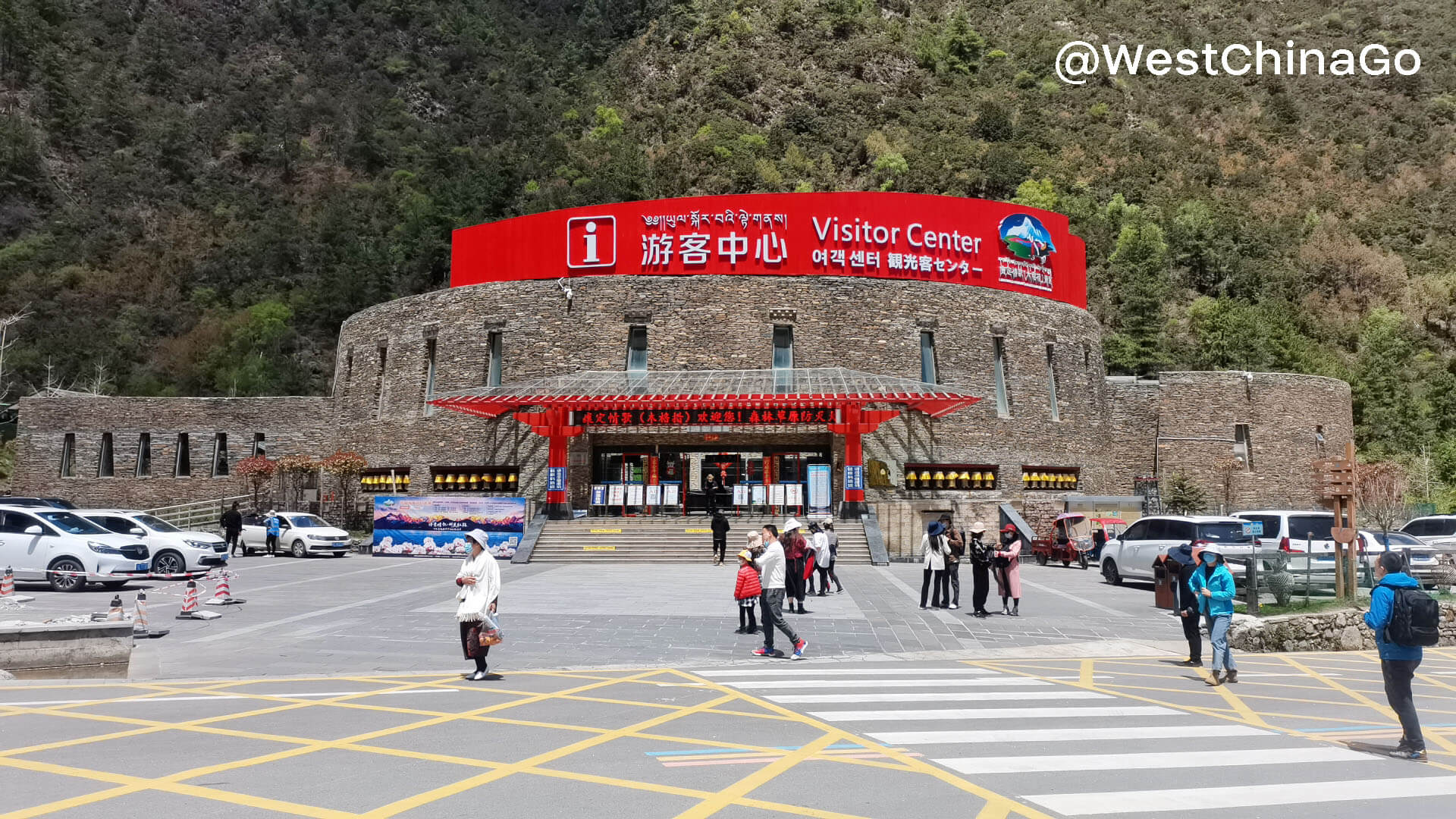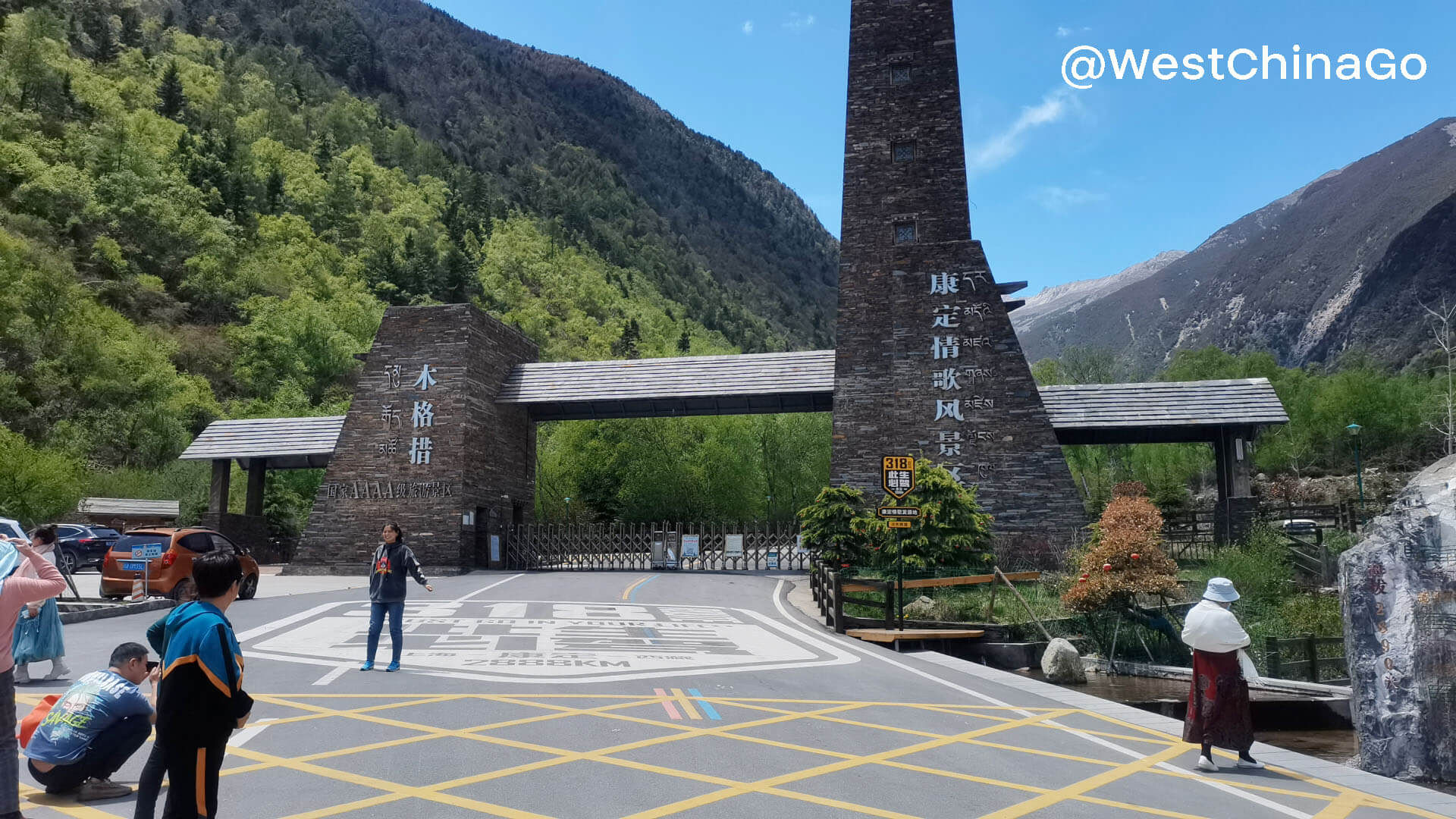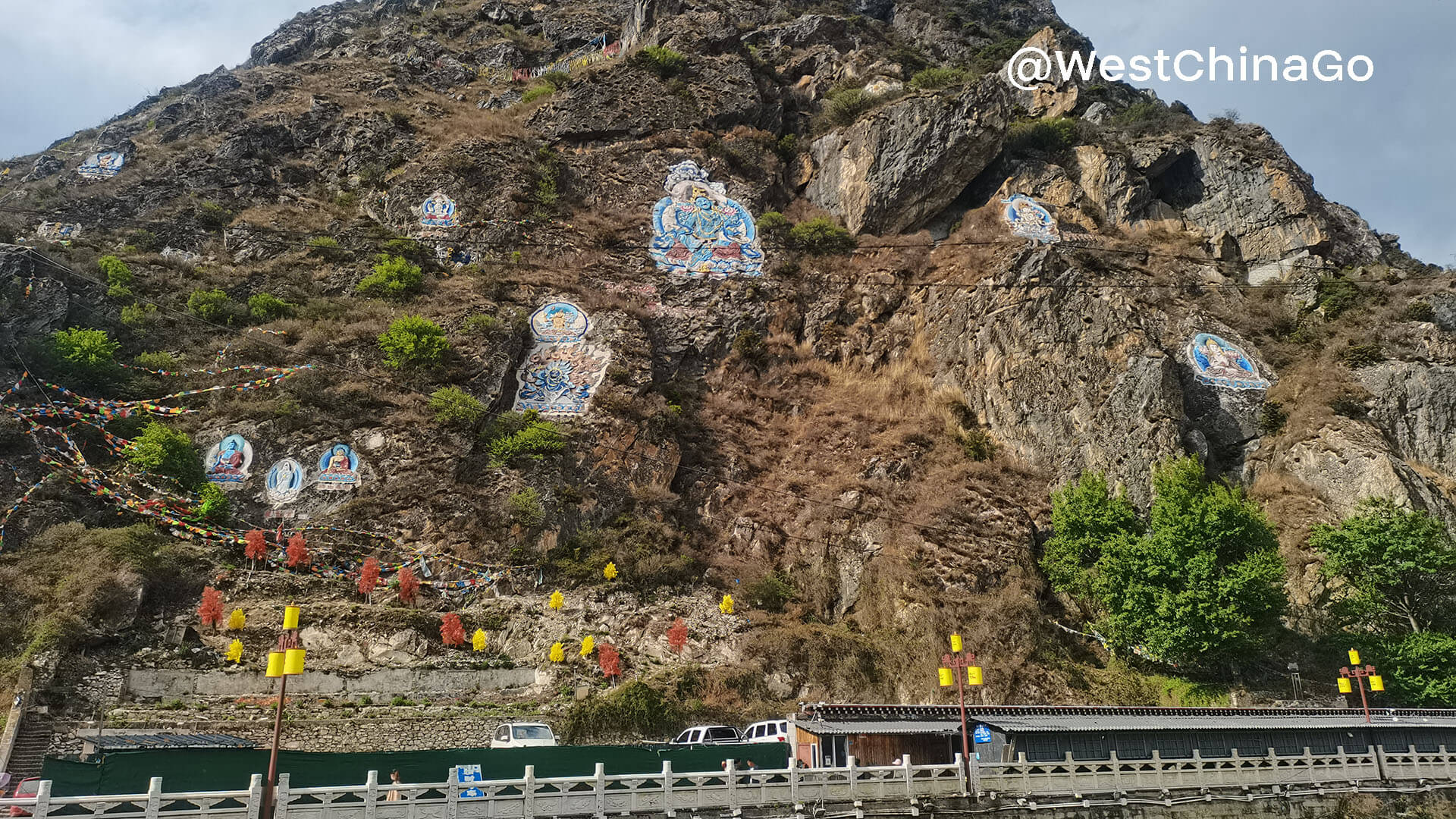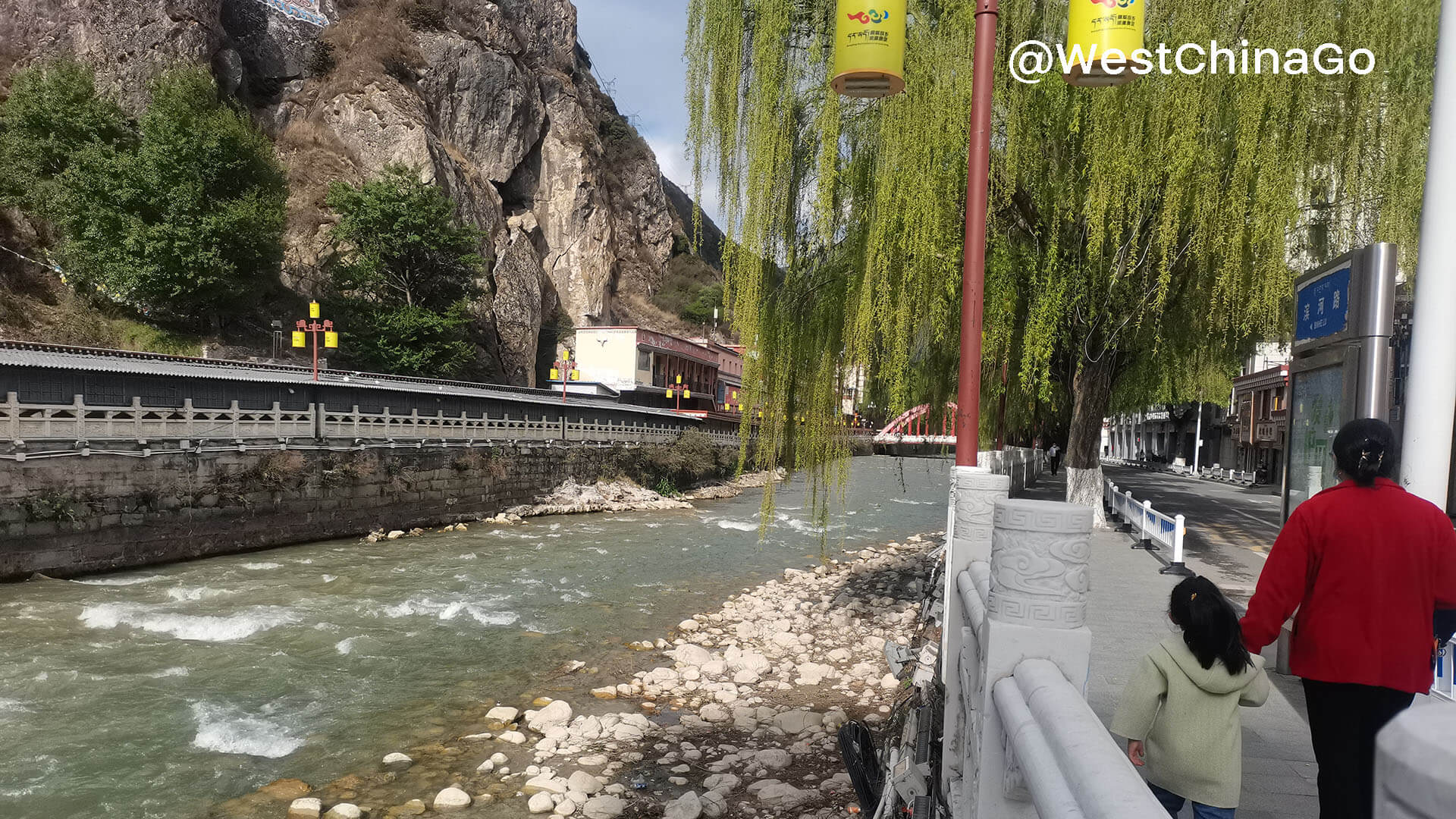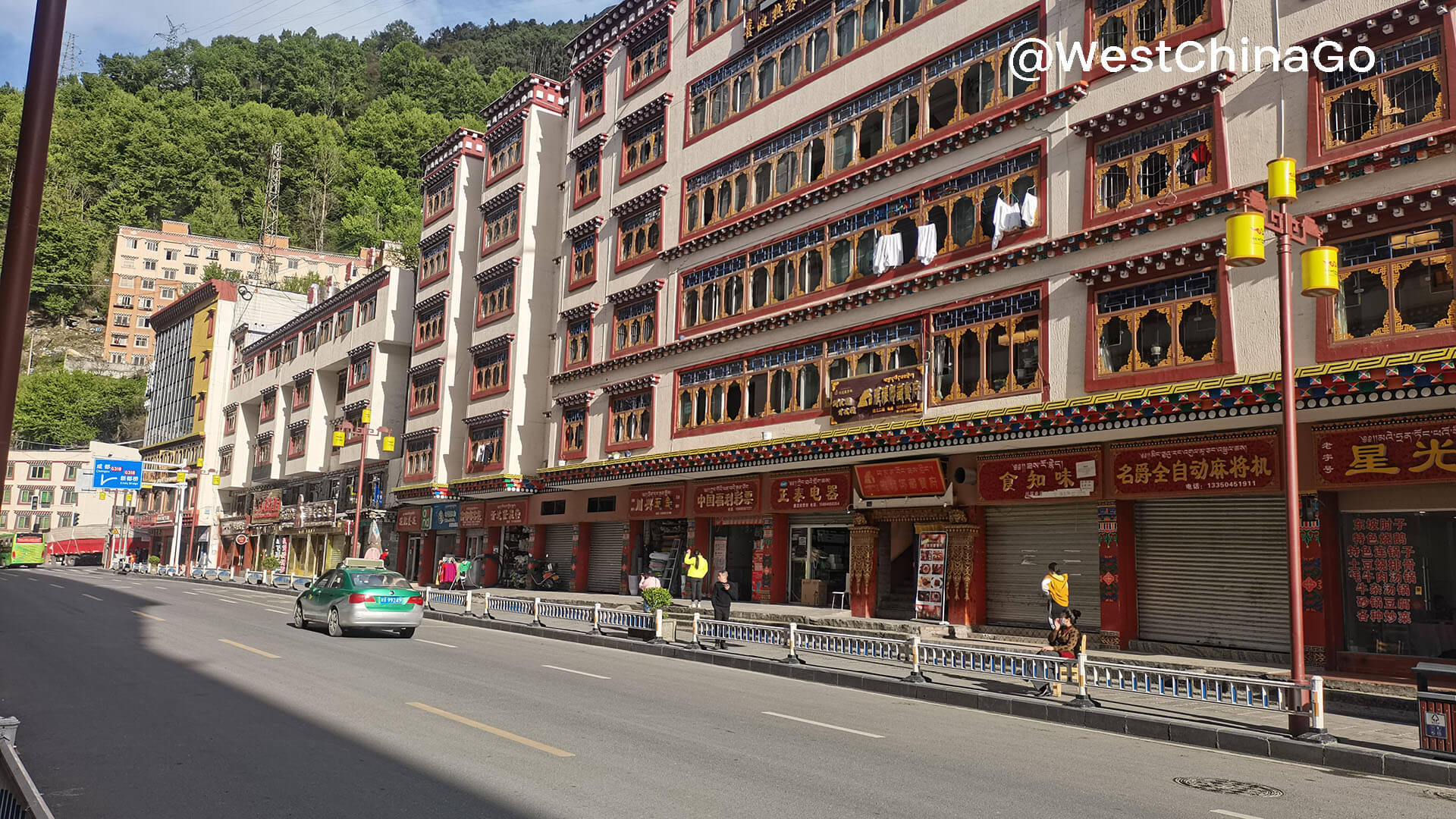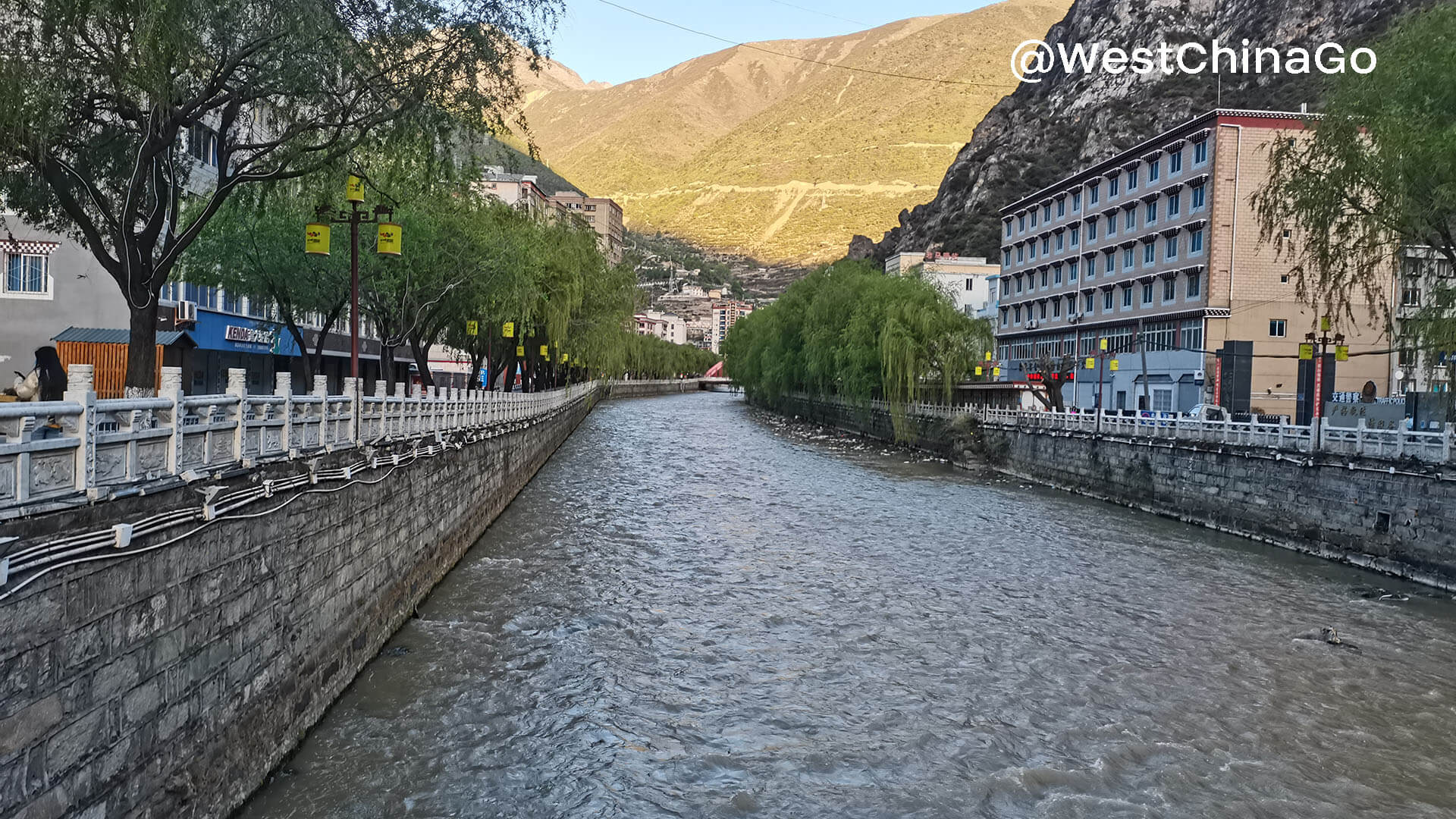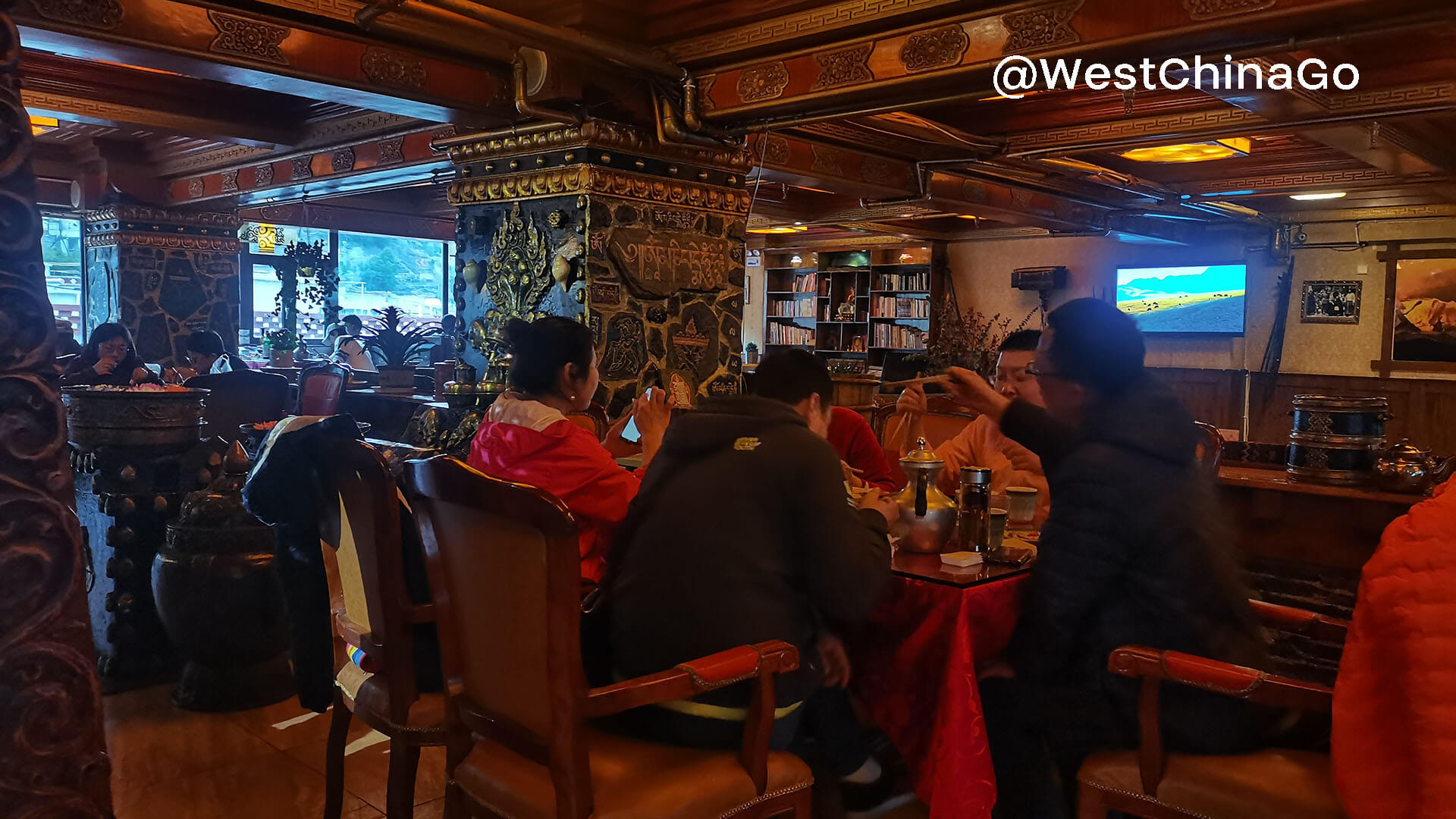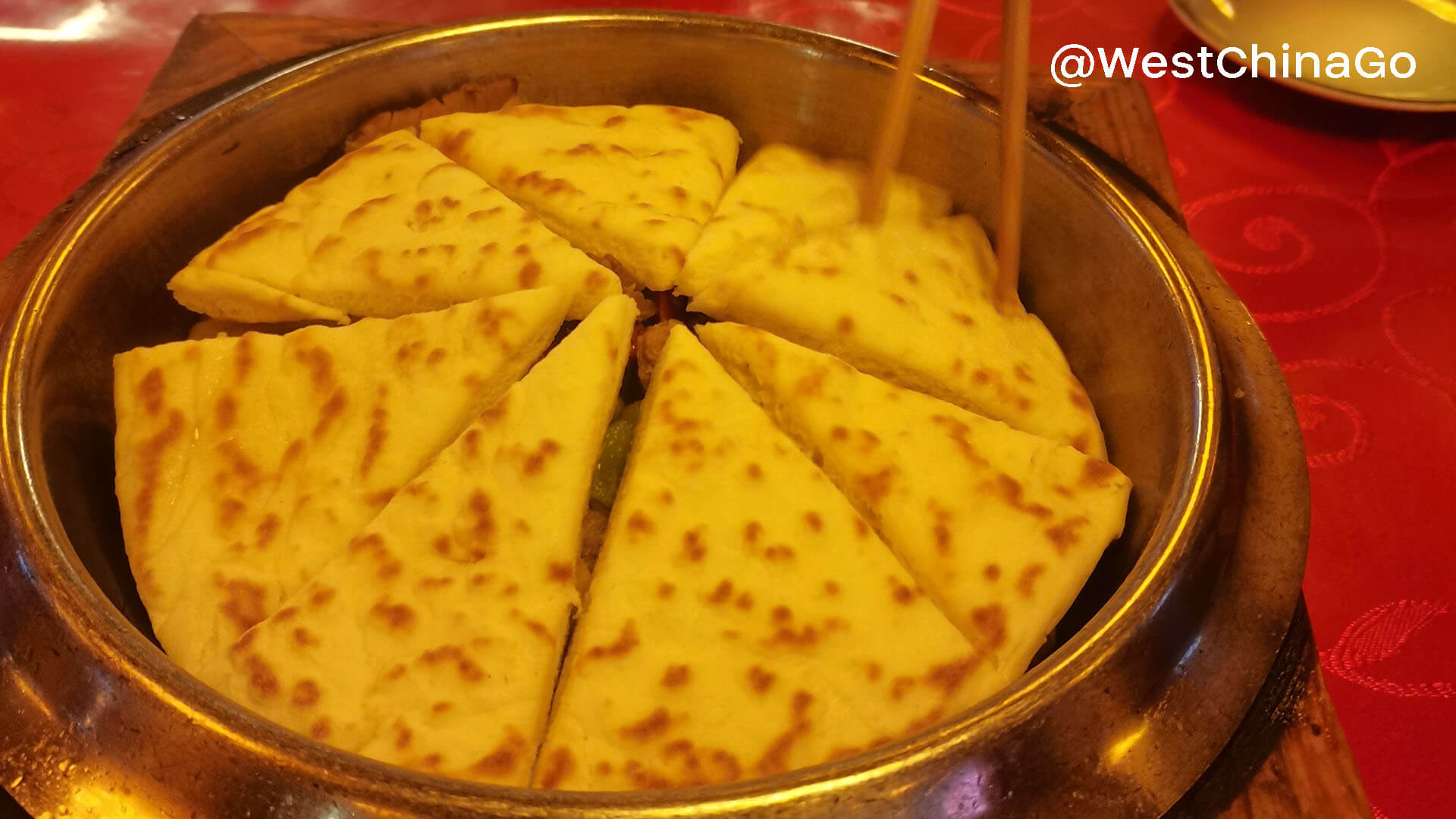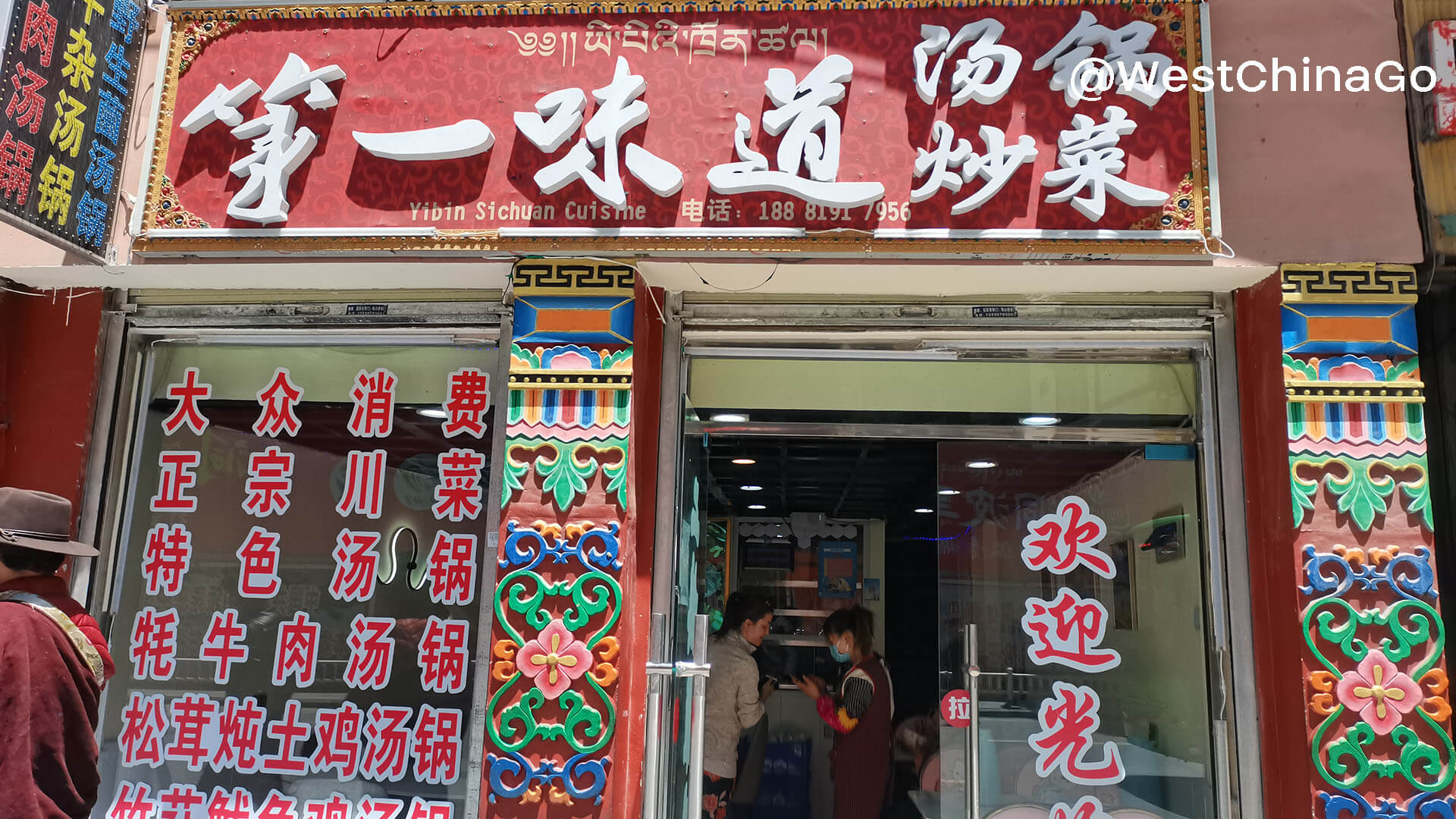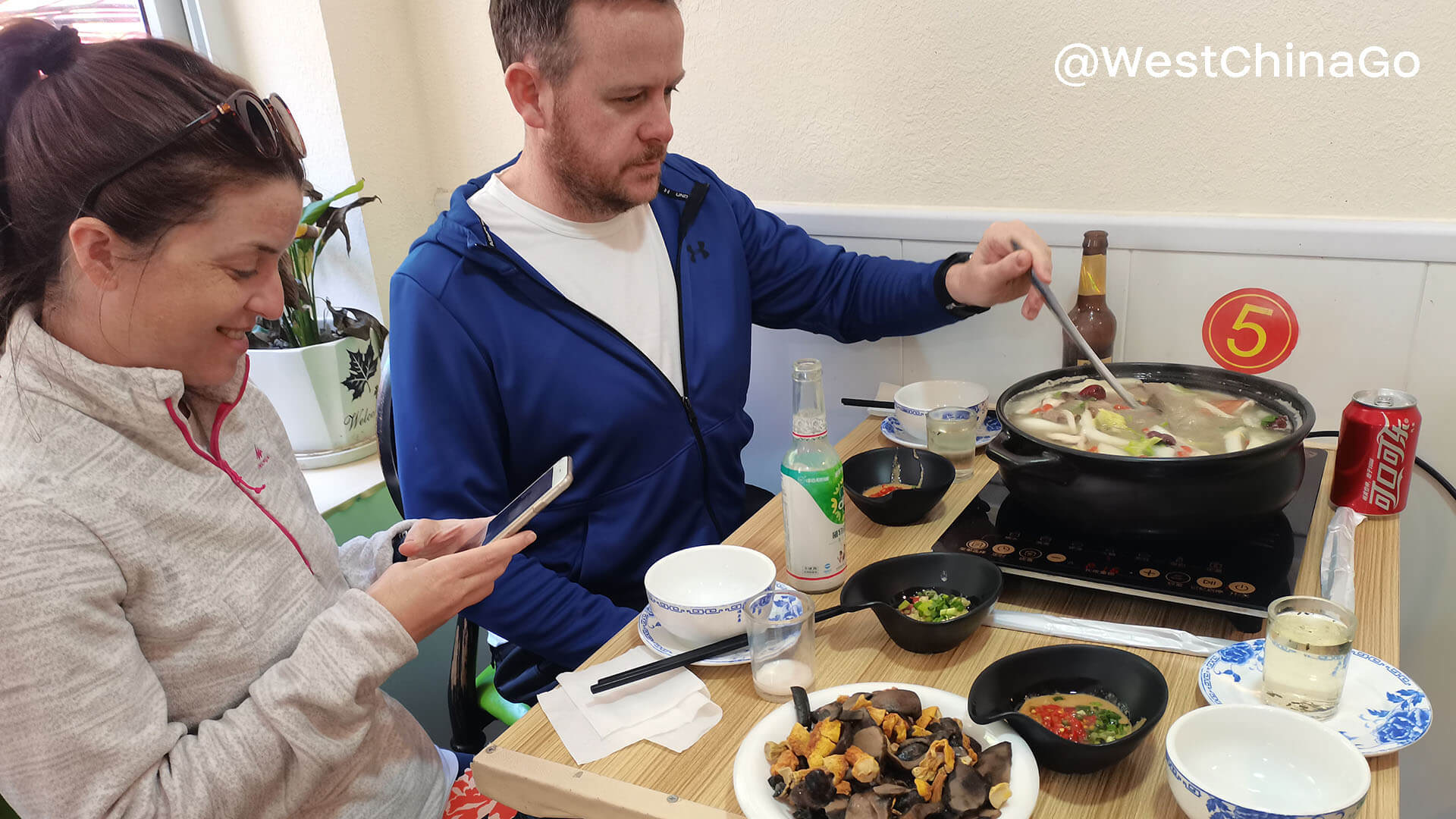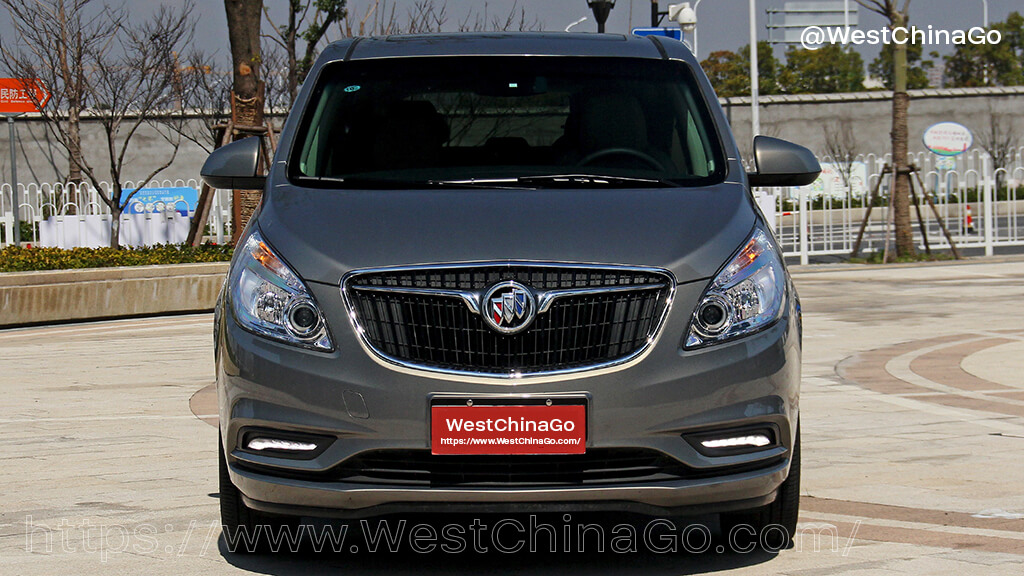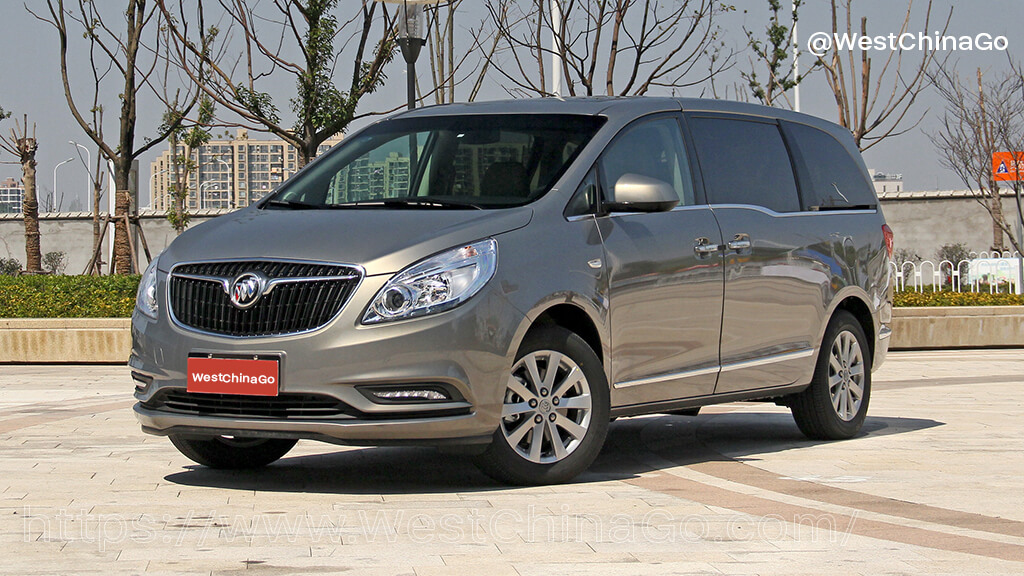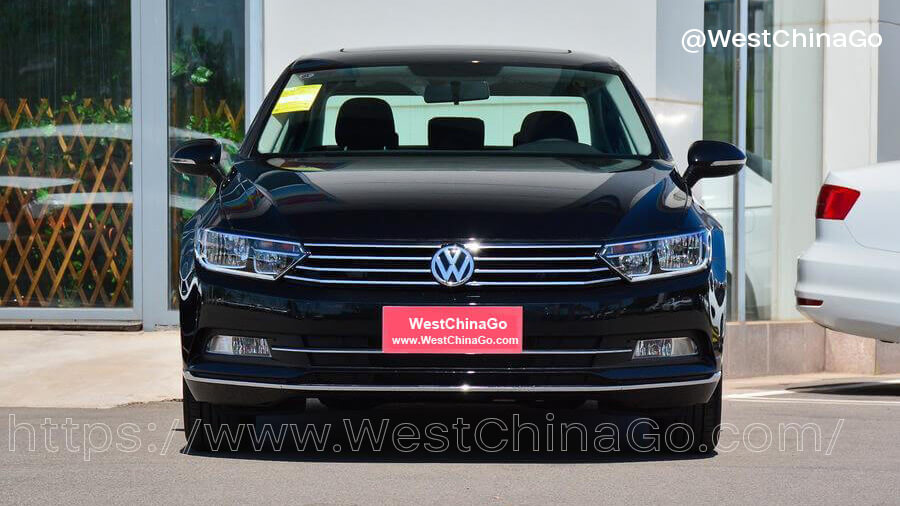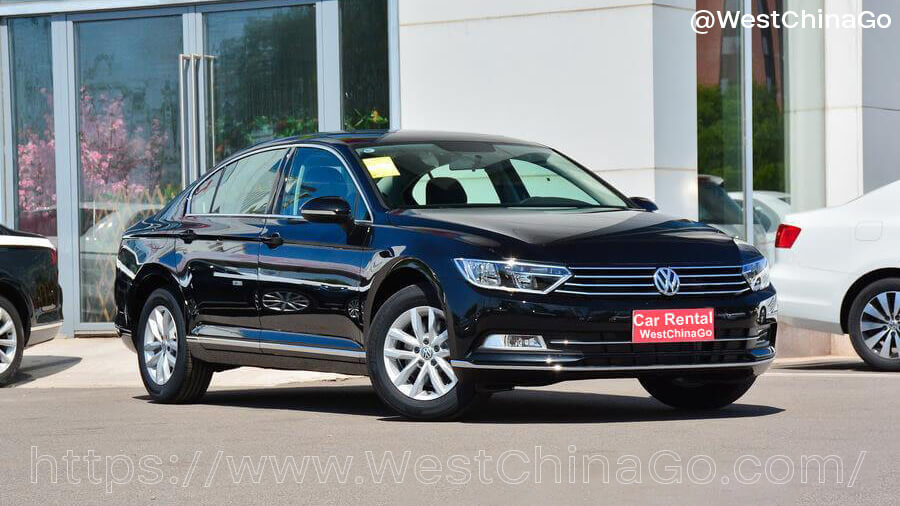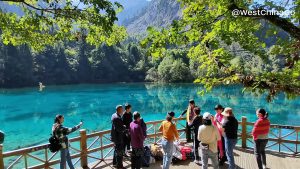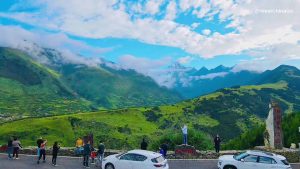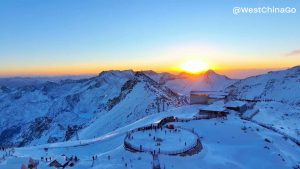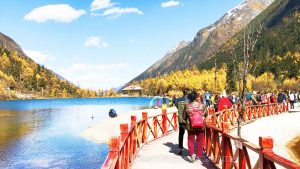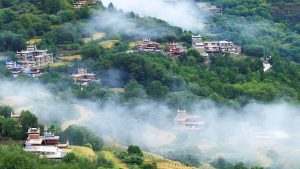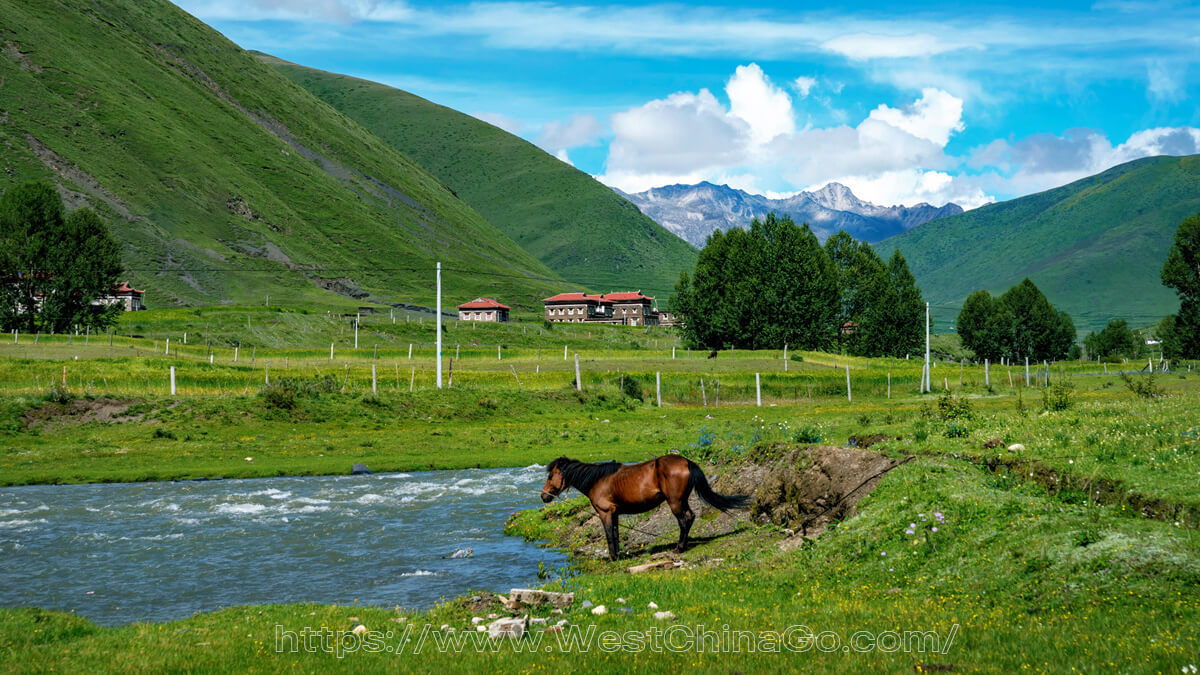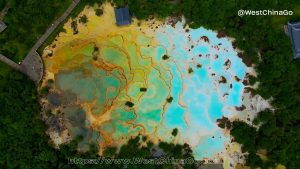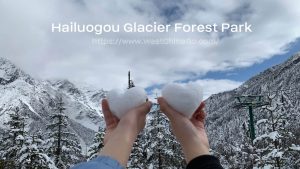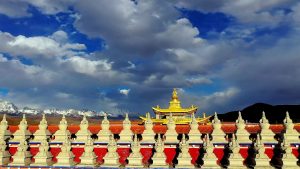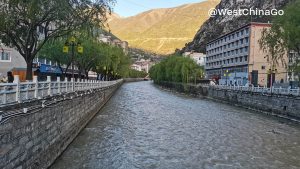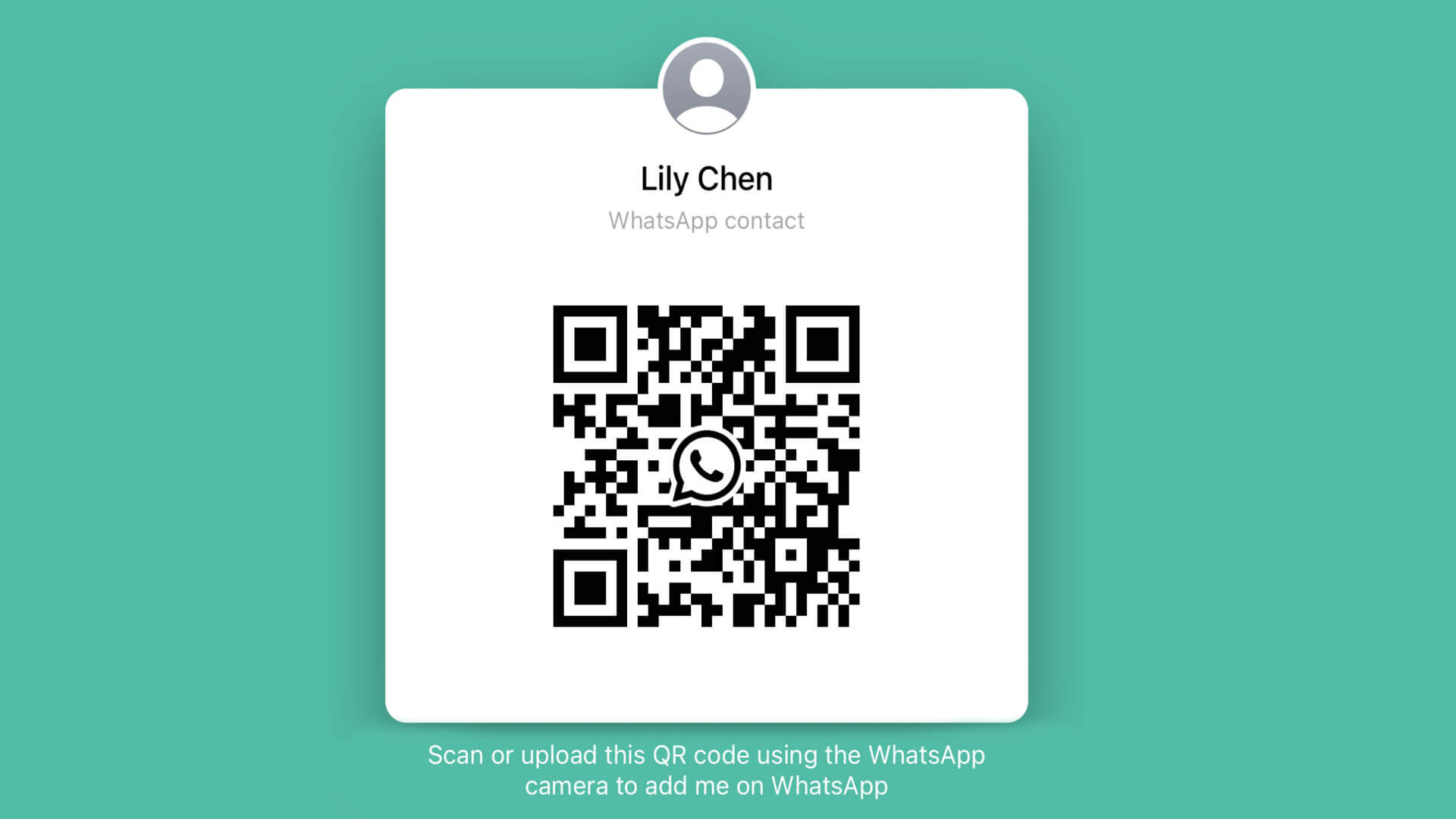
Kangding
- Chinese name: 康定
- Aliases: 打箭炉 Arrow Furnace
- Administrative division category: the area under the county-level city Garze Tibetan Autonomous Prefecture, Sichuan Province
- Location: Western Sichuan Plateau
- Area: 11600 km²
- Subordinate areas: 2 sub-district offices, 5 towns, 14 townships
- Government Resident: No. 1 Chama Road, Yulin Street
- Telephone area code: 0836
- Postal Code: 626000
- Climate conditions: alpine plateau climate
- Famous attractions: Gongga Mountain, Mugecuo, Paoma Mountain, Xindu Bridge, etc.
- Airport: Ganzi Kangding Airport
- Railway Station: Kangding Station (under planning)
- License plate code: Chuan V
- GDP: 8,011 million yuan (2018)
- Dialects: Southwest Mandarin – Kanglu Pian, Tibetan Kangba dialect
- Institutions of higher learning: Sichuan University for Nationalities
- Administrative Code: 513301
- Population: 126,785 (resident population at 0:00 on November 1, 2020)
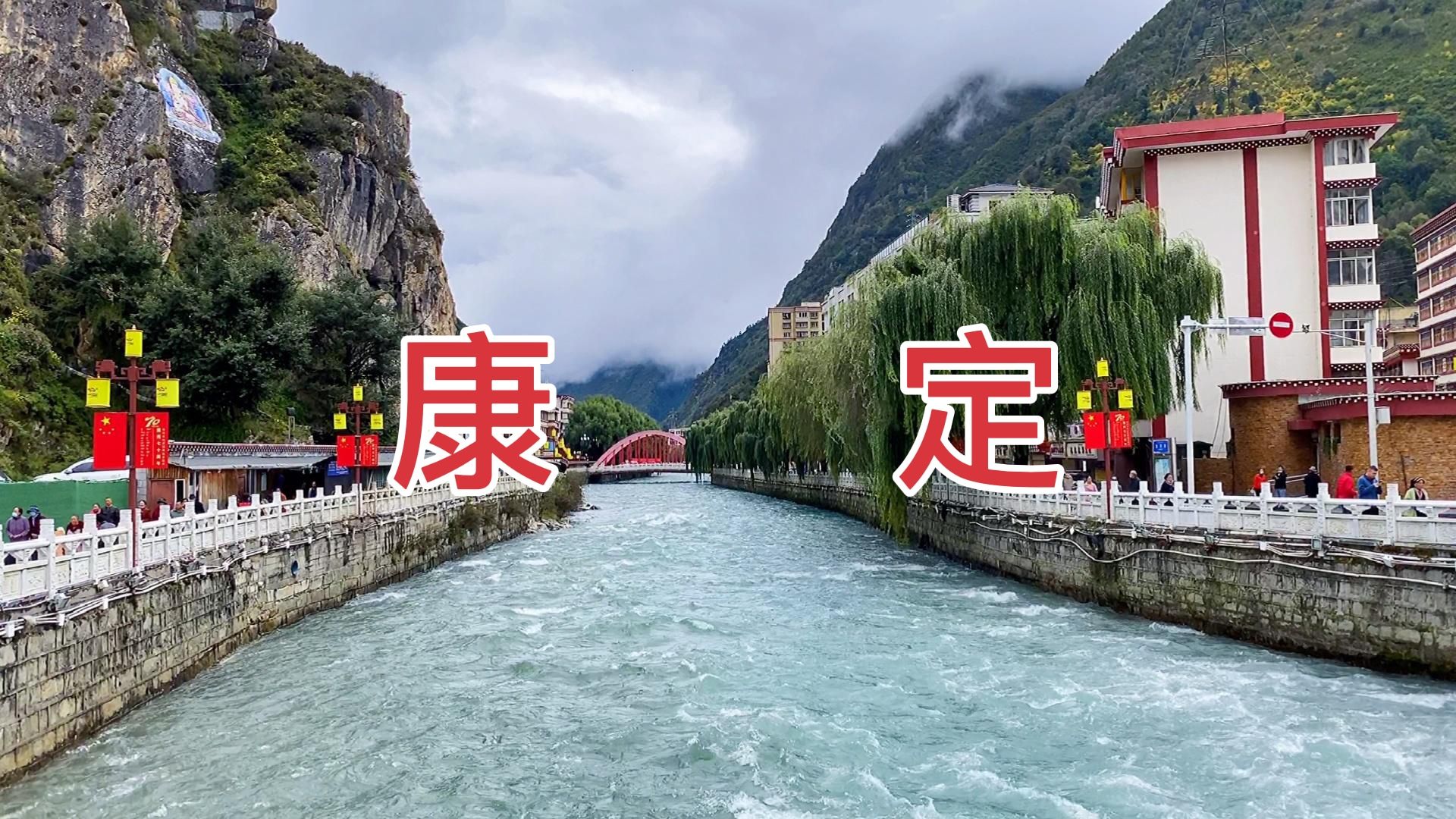
Kangding
Introduction to Kangding
Situated in the heart of the Garzê Tibetan Autonomous Prefecture in Sichuan Province, Kangding is a captivating town that serves as the gateway to the Tibetan Plateau. Renowned for its stunning natural landscapes and rich cultural heritage, Kangding is a perfect destination for travelers seeking both adventure and cultural immersion. The town’s unique blend of Tibetan and Han influences offers a distinctive experience that attracts visitors from around the world.
A Scenic Natural Retreat
Kangding is surrounded by breathtaking natural beauty, with towering mountains, lush valleys, and crystal-clear rivers. One of the highlights is the iconic Paoma Mountain, which offers panoramic views of the town and surrounding landscapes. The nearby Mugecuo Scenic Area, with its serene lakes and hot springs, provides a peaceful retreat for nature lovers. The region’s diverse flora and fauna add to its appeal, making it a haven for eco-tourism.
Rich Cultural Heritage
Kangding is a melting pot of Tibetan and Han cultures, which is evident in its architecture, festivals, and daily life. Visitors can explore ancient Tibetan monasteries, such as Nanwu Monastery, and experience the vibrant local culture through traditional music and dance. The famous Kangding Love Song, a symbol of the town’s romantic charm, adds a cultural depth that resonates with visitors. Engaging with the friendly locals offers a unique opportunity to learn about their customs and traditions.
Adventure and Exploration
For adventure enthusiasts, Kangding offers a range of outdoor activities, including trekking, mountaineering, and horseback riding. The region’s varied terrain caters to both novice and experienced adventurers. The challenging trails of Gongga Mountain, also known as Minya Konka, the highest peak in Sichuan, are particularly popular among mountaineers. The town’s location along the Sichuan-Tibet Highway makes it a convenient stop for those exploring the Tibetan Plateau.
Why Visit Kangding?
Kangding’s unique blend of natural beauty, cultural richness, and adventurous opportunities makes it an exceptional destination for travelers. Whether you are seeking to immerse yourself in nature, delve into Tibetan culture, or embark on thrilling adventures, Kangding promises a memorable and enriching experience. Its scenic landscapes and warm hospitality make it a must-visit destination in Sichuan Province.
Plan Your Trip
Easily accessible from Chengdu, Kangding is a convenient destination for both short getaways and extended explorations. With a range of accommodations and well-developed tourist facilities, visitors can enjoy a comfortable and rewarding trip. Pack your essentials and get ready to explore the enchanting town of Kangding!
Kangding Tourist Map
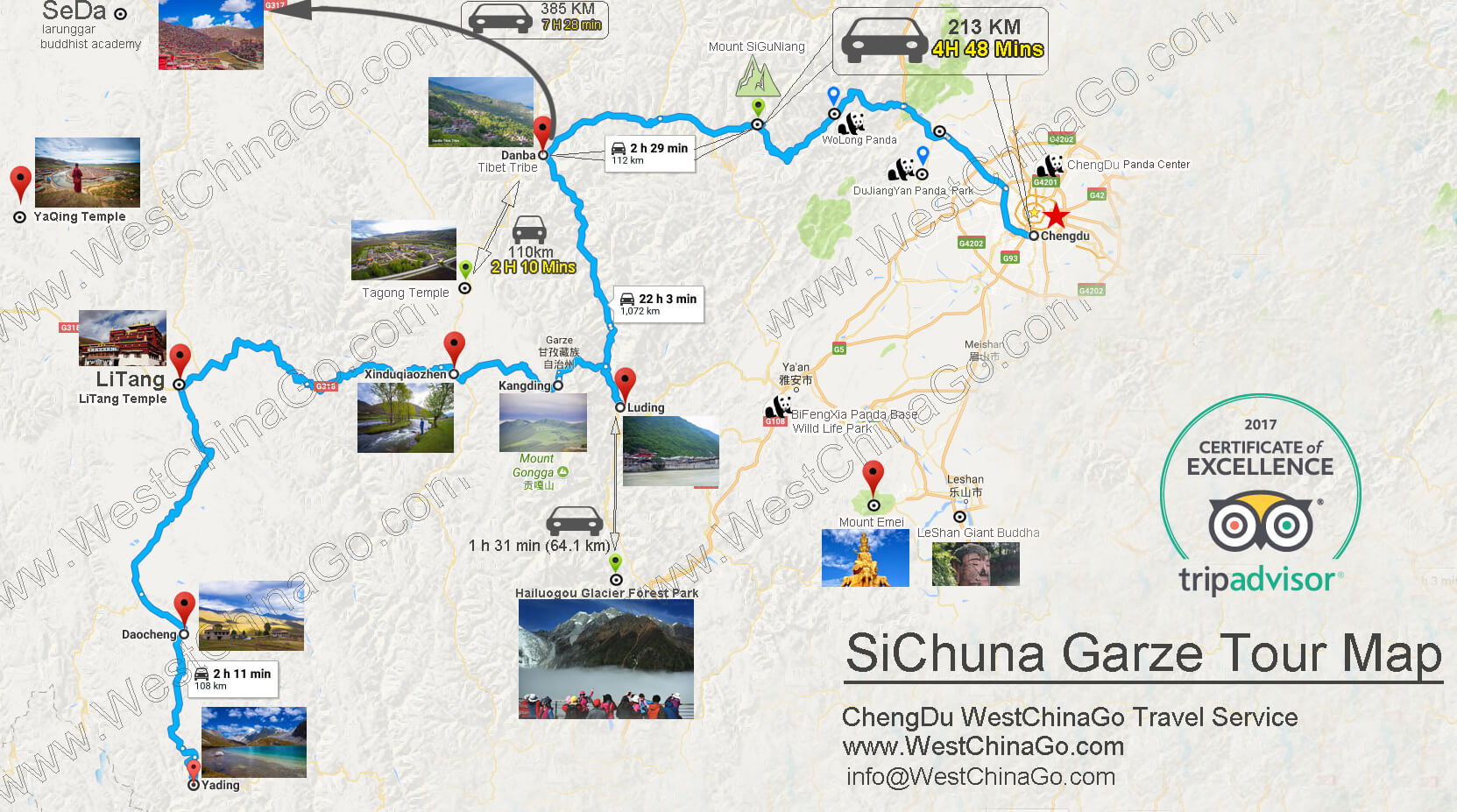
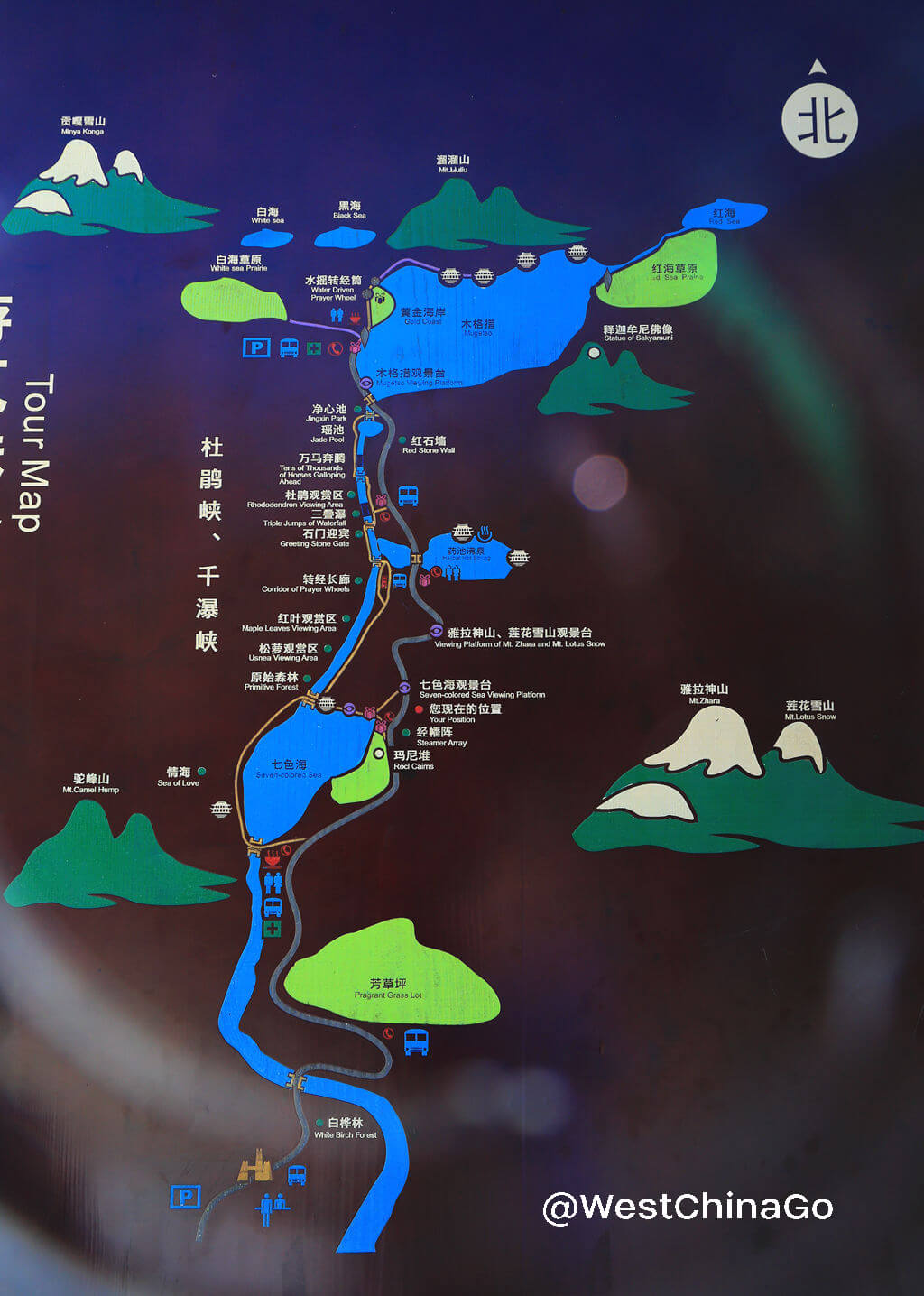
Kangding Video
Kangding Photo
Kangding Western Sichuan Travel Guide
Best time to travel
Kangding has its own characteristics in each season. Relatively speaking, May-October is the peak tourist season in Kangding.
May and June: These two months are the best time to go to Gongga Mountain. This time is the alternating period of dry season and rainy season, with extremely high temperature and not too much rainfall. Choose to go hiking or climbing.
July and August: This is the best time of year in Kangding, the sky is blue, the flowers of Tagong grassland are in full bloom, and the temperature is very comfortable.
September and October: The autumn when entering Kangding at this time is the best time to go to Xinduqiao, the “photographer’s paradise” for landscape photography. How many photographers are drunk in the splendid golden autumn of the town, I believe you will also be fascinated of.
Dressing Guide
Going to Kangding from May to August, the ultraviolet rays on the plateau are very strong, so you must be prepared for rain and sun protection; and the temperature difference between day and night in the alpine grassland is large, so it is necessary to prepare a proper warm clothing. From September to October, Kangding has entered the cold stage, and it snows from time to time. You should bring thicker clothes and non-slip thick-soled shoes to keep warm. In addition, it is recommended to bring a headscarf or a mask to prevent exposure to the sun or sand.
